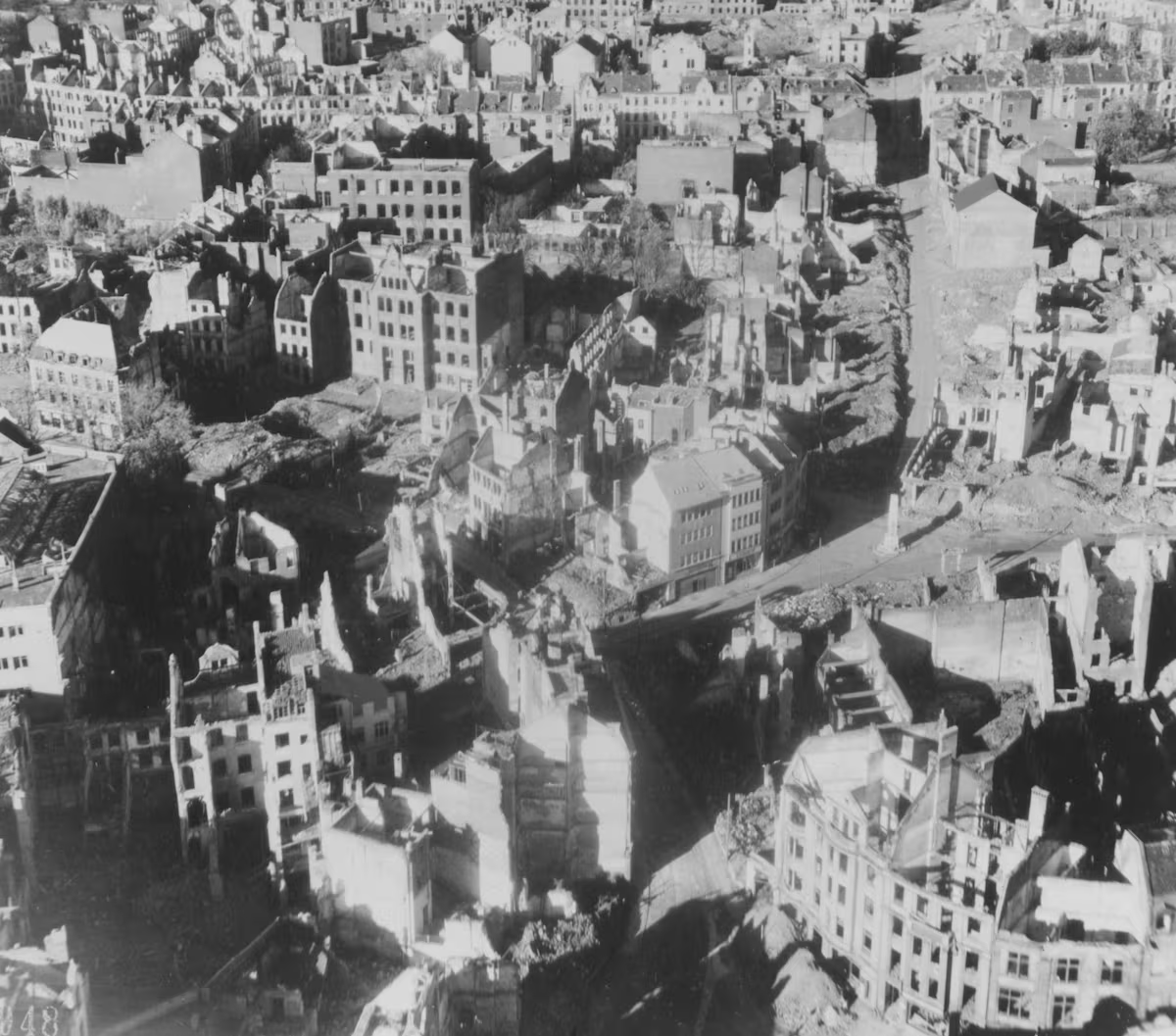F1 calendar explained: An F101 beginner’s guide
The F1 calendar takes 10 teams and 20 drivers on an almost year-round journey across the globe, with races staged across five continents. But how exactly is the calendar organised, and what do terms like double-header, triple-header and flyaway mean?
Our F101 beginner’s guide breaks down the modern F1 calendar, how it works, and all the terminology that goes with it.
What is the 2026 F1 calendar?
The 2026 Formula 1 calendar features 24 races scheduled from March through December.
The season starts in Australia (March 6-8) and China (March 13-15) – the latter hosting the first Sprint race of the year – before continuing across Asia, the Middle East, North America and Europe, then a return to Asia and the Americas in the second half.
The campaign finishes with a Middle Eastern double-header in Qatar (November 27–29) and Abu Dhabi (December 4-6).
Classic venues such as Silverstone, Monaco and Spa sit comfortably alongside modern circuits like Las Vegas, Miami and Jeddah.
READ MORE: 2026 F1 calendar
When does the F1 season start and finish?
- The start of the F1 season: The Australian Grand Prix at Melbourne’s Albert Park on March 8 marks the start of the 2026 season.
- The end of the F1 season: The 2026 F1 season concludes with the Abu Dhabi Grand Prix at Yas Marina Circuit on December 6.
How many races are on the F1 calendar?
The 2026 calendar features 24 Grands Prix across 22 countries and five continents. Six of those weekends will also host the F1 Sprint format.
By comparison, the inaugural 1950 season had just seven races from May until September, all but one – the Indianapolis 500 in America – being held in Europe.
How many F1 Sprint events are there in 2026?
The 2026 Sprint calendar features six venues:
- China (Shanghai) – March 13-15
- USA (Miami) – May 1-3
- Canada (Montreal) – May 22-24
- Great Britain (Silverstone) – July 3-5
- Netherlands (Zandvoort) – August 21-23
- Singapore (Marina Bay) – October 9-11
READ MORE: F1 Sprint explained
How is the F1 calendar regionalised?
The F1 calendar is organised by region and split into stints spent in various locations around the world, cutting down emissions and reducing the cost of freight transport around the world.
The middle of the season is predominantly spent in Europe, while spells in Asia, the Middle East and the Americas are divided into two, bookending the championship at the start and end of the year.
What is winter shutdown in F1?
The winter shutdown takes place during the annual holiday period and mandates that F1 factories close completely. Work on car development isn’t allowed, giving team personnel time to rest.
What is pre-season testing in F1?
Pre-season testing is the prologue to the F1 season. Teams and drivers put the new cars through their paces in an intense period of preparation.
In 2026, there will be three separate tests:
- Test one: Hosted by the Circuit de Barcelona-Catalunya (January 26-30)
- Test two: Takes place at the Bahrain International Circuit (February 11-13)
- Test three: Also held at the Bahrain International Circuit (February 18-20)
What is F1 silly season?
F1’s silly season can begin at any point in the year – it’s defined by a period of intense speculation, one where rumours about where unsigned drivers might end up next year run wild.
What is the summer break in F1?
Like the winter shutdown, the summer break in Formula 1 is an enforced spell of factory closure where development stops. Without the winter shutdown and summer break, teams would continue working year-round to gain an advantage.
What are F1 double-headers and triple-headers?
- A double-header means two Grands Prix on back-to-back weekends.
- A triple-header means three F1 events on consecutive weekends.
These groupings allow F1 to fit more races into a season, while often clustering nearby venues together to reduce travel.
What does ‘flyaway race’ mean in F1?
The term flyaway race refers to events outside Europe.
- European rounds: Teams can transport equipment by truck.
- Flyaways: Cars and equipment must be flown or shipped internationally.




